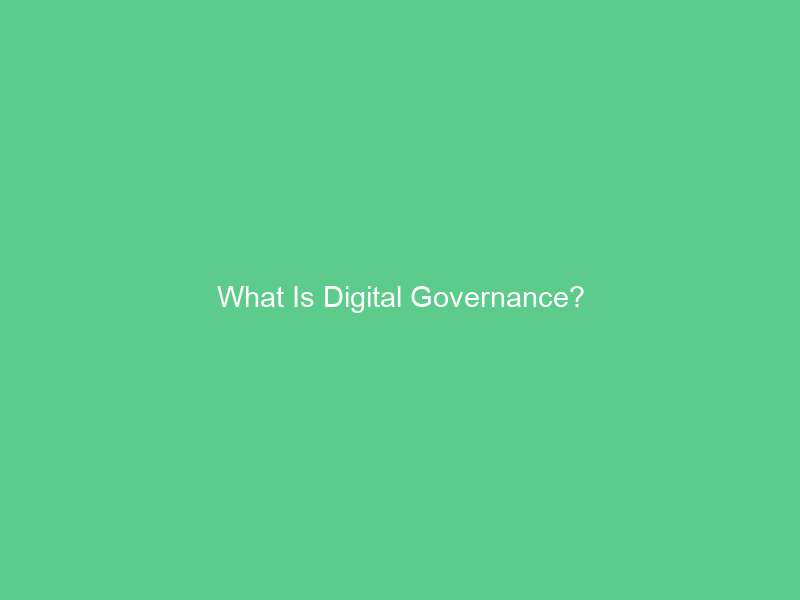Digital governance is a framework that establishes accountability and roles for overseeing an organization’s digital products and services, from content, design, technical infrastructure, security, funding to product, project and program management.
Step one in creating your strategy should be to establish it through stakeholder interviews and by creating a task force to guide this process together.
Security
Establishing and adhering to effective cyber security protocols are among the key tenets of digital governance, including creating crisis response plans in case of breaches or incidents that can damage an organization’s reputation and lead to financial losses. Furthermore, having secure tools for communication and collaboration such as using only trusted board management systems instead of email or file-sharing platforms are crucial elements.
Effective Internet governance enables people around the globe to share ideas and knowledge freely. Additionally, it ensures that global internet is accessible to everyone free from interference, censorship and other threats; further addressing critical issues like cybersecurity and data privacy.
E-governance allows governments to increase citizen participation by creating online platforms and agency portals that make government services easier for people to use. This reduces paperwork and bureaucracy while increasing transparency and accountability; furthermore it may help combat growing political polarization and disinformation that undermine democracy and trust between government institutions and their constituents.
Accessibility
Digital transformation brings immense opportunities, yet also poses risk that must be managed carefully to ensure a trusted and sustainable digital future for all. A whole-of-governance approach should be employed, with countries adopting new tools, practices, and processes to optimize performance.
The OECD’s work on digital governance examines how governments can use new technologies to adopt improved practices, maximize efficiency gains and produce more effective policy results. Such policies are key components of an inclusive, equitable and secure digital transformation.
Accessibility measures focus on making websites and applications usable by people with disabilities, including ensuring all text is easily readable, that images have alt text, and that audio descriptions are available for videos or other media content.
Harvard IT provides all Harvard employees working on public-facing websites at the University with access to Site Improve, an online tool which reports WCAG 2.2 compliance and other accessibility measures such as selecting fonts that are easy to read, as well as optimizing content for mobile devices.
Training
Digital Governance Policies establish accountability, roles and decision-making procedures for an organization’s digital presence – such as its websites, mobile sites, social media outlets, data ownership issues and Internet/web enabled products/services; they also cover any digital tools/apps used such as board management solutions.
While it can be easy to view information security and digital governance as separate topics, they in fact interact. Therefore, organizations should take their existing information security policy into consideration when developing their digital governance framework.
At first, it’s essential to create an easily accessible digital governance policy document. Once done, work can begin on increasing engagement within your organization by increasing engagement around ensuring compliance with those policies – this may include providing targeted training on them – but to truly ensure digital governance best practices remain current, it may also be wise to join professional associations dedicated to digital governance best practices.
Compliance
Organizations with strong digital governance structures ensure all aspects of their websites, apps and other digital platforms comply with their policies, giving users accurate information and creating a uniform user experience across their digital platforms. This ensures users receive accurate and consistent experiences throughout.
Organizations also can benefit from data collection solutions as it enables them to stay compliant with ever-evolving legislation governing data storage, such as the General Data Protection Regulation in Europe or California Consumer Privacy Act governing online data collection and storage.
To avoid an incoherent approach, all departments should collaborate in crafting a centralized policy framework for digital governance. This will give employees creative license within an established set of guidelines; expediting incident resolution timeframes while supporting more mature risk methodologies.

